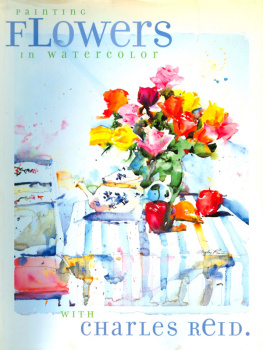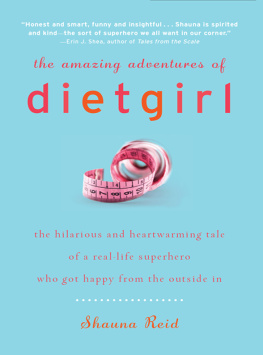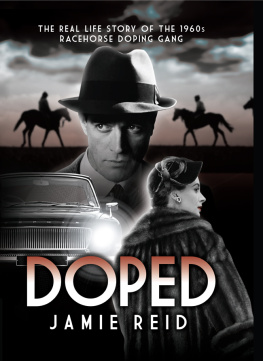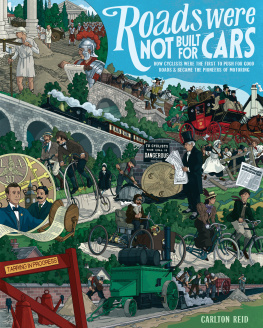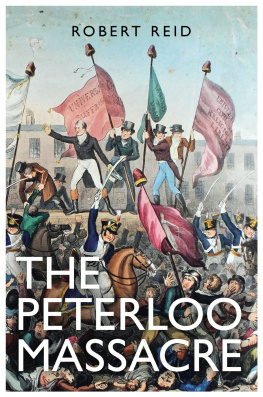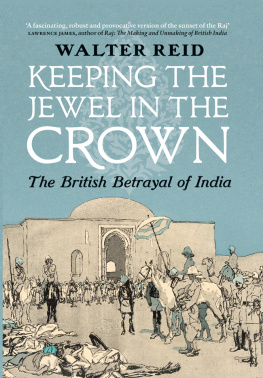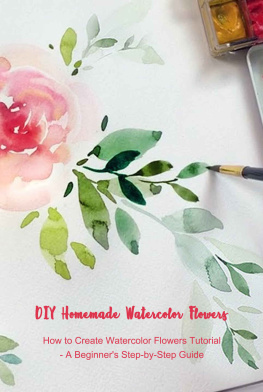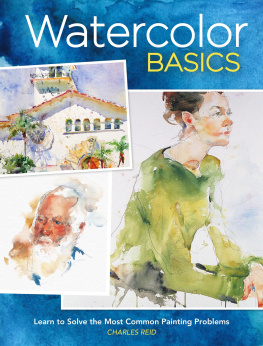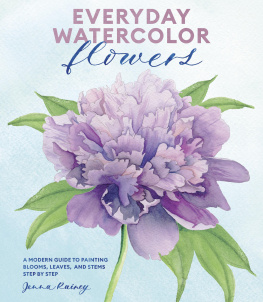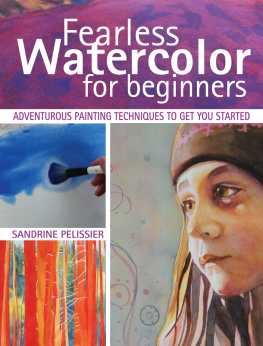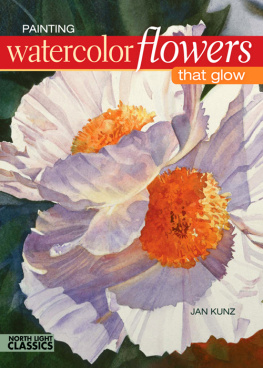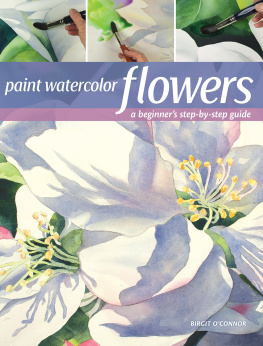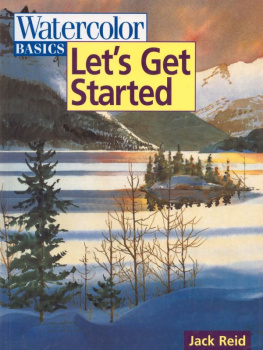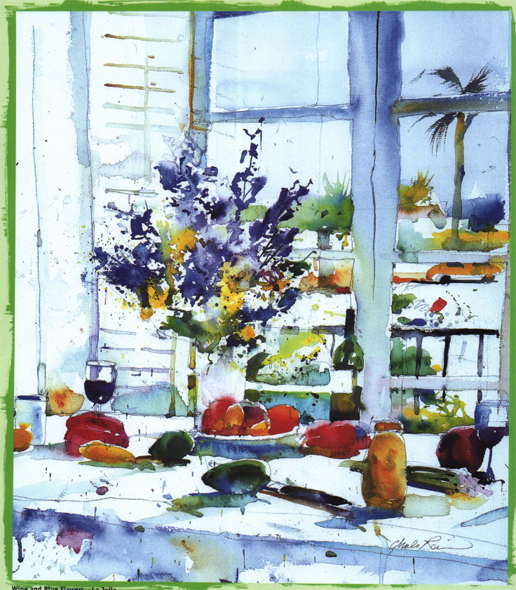
Wine and Blue FlowersLa Jolla
Watercolor on Fabriano Artistico
Rough 140-lb. (300gsm) Paper
29 22 (74cm 56cm)
Collection of Betsy Pedace
PAINTING FLOWERS IN WATERCOLOR
WITH
CHARLES REID

NORTH LIGHT BOOKS
CINCINNATI, OHIO
www.nlbooks.com
about the author
In my mind, Charles Reid is one of the best painters at work in the world today, and may possibly be the best teacher. His books are my best single source on drawing and painting. I have been an ardent fan of Charles Reid since I started painting just over twenty years ago and happened to buy one of his books. When I found that I could get into one of his workshops, I was one happy guy. The experience was even better than the anticipation.
On the first day, I was dreadful. But within days, quite literally days, Reid had me drawing and painting at a level that I never would have believed possible. Since then I have painted regularly, held three shows in a gallery near San Francisco and started to teach painting and drawing. Most of what I know and teach about painting has come directly from Reid. Furthermore, I find Reid's books indispensable to my own painting; I refer to them constantly. Almost everything I've learned in workshops is well documented and clearly illustrated in his books.
Charles Reid is an award-winning artist specializing in watercolor painting. He is a popular workshop instructor whose other books include The Natural Way to Paint and Painting What You (Want to) See (Watson-Guptill Publications). He exhibits in both the United States and Europe. His paintings can be found in many private and corporate collections throughout the world. He is currently represented by the Munson Gallery in Santa Fe, New Mexico and Chatham, Massachusetts, as well as the Stremmel Gallery in Reno, Nevada. Charles Reid lives in Connecticut with his wife, Judy, and their cat Brutus.
Bob Waterman, Co-author, In Search of Excellence
Painting Flowers In Watercolor With Charles Reid. Copyright 2001 by Charles Reid. Manufactured in China. All rights reserved. No part of this book may be reproduced in any form or by electronic or mechanical means including information storage and retrieval systems without permission in writing from the publisher, except by a reviewer, who may quote brief passages in a review. Published by North Light Books, an imprint of F& W Publications, Inc., 1507 Dana Avenue, Cincinnati, Ohio, 45207. First Edition.
Other fine North Light Books are available from your local bookstore, art supply store or direct from the publisher.
05 04 03 02 01 5 4 3 2
Library of Congress Cataloging in Publication Data
Reid, Charles, 1937
Painting flowers in watercolor with / Charles Reid.
p. cm.
ISBN 1-58180-027-4 (he.: alk. paper)
1. Flowers in art. 2. Watercolor paintingTechniques. I. Title.
ND2300 .R437 2001
751.42'2434dc21 00-045246
Edited by James Markle and Marilyn Daiker
Cover designed by Amber Traven
Interior designed by Wendy Dunning
Production art by Ben Rucker
Production coordinated by Kristen Heller
cover art
Mary's Mixed Flowers
Watercolor on Fabriano Artistico Rough 140-lb. (300gsm) Paper
23 20 (58cm 51cm)
Collection of Katie Hazen
| metric conversion chart |
| to convert | to | multiply by |
| Inches | Centimeters | 2.54 |
| Centimeters | Inches | 0.4 |
| Feet | Centimeters | 30.5 |
| Centimeters | Feet | 0.03 |
| Yards | Meters | 0.9 |
| Meters | Yards | 1.1 |
| Sq.Inches | Sq. Centimeters | 6.45 |
| Sq. Centimeters | Sq.Inches | 0.16 |
| Sq. Feet | Sq. Meters | 0.09 |
| Sq. Meters | Sq. Feet | 10.8 |
| Sq. Yards | Sq. Meters | 0.8 |
| Sq. Meters | Sq. Yards | 1.2 |
| Pounds | Kilograms | 0.45 |
| Kilograms | Pounds | 2.2 |
| Ounces | Grams | 28.4 |
| Grams | Ounces | 0.04 |
acknowledgment
To my always encouraging and supportive editors and E-mail pals, James Markle and Marilyn Daiker, and to Vin Greco, my friend and photographer, who took the pictures in this book.
All artwork appears courtesy of the Munson Gallery unless otherwise indicated.
dedication
For Judith, Sarah, Peter and Brutus
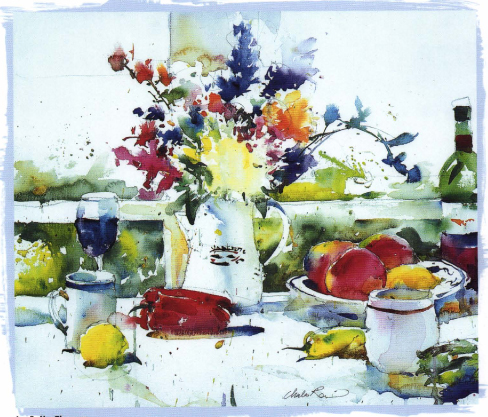
La Jolla Flowers
Watercolor on Fabriano Artistico Rough 140-lb.
(300gsm) Paper
22 24 (56cm 61cm)
Collection of Pat Dispenziere
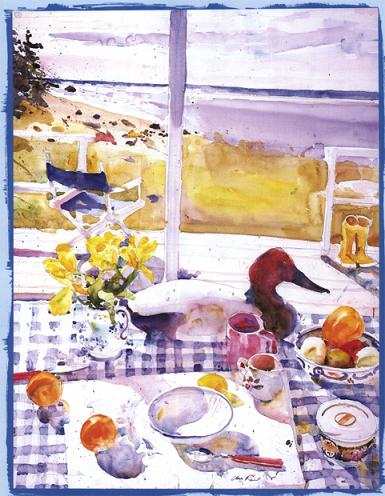
Canvas Back
Watercolor on Fabriano Artistico
Cold-pressed 140-lb. (300gsm) Paper
41 30 (104cm 76cm)
Collection of Judith Reid
table of contents
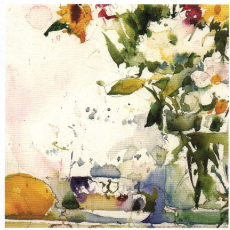
section one
Getting Started
This section covers the essential tools and techniques I use when painting. I'll tell you about brushes and how to use them, how to mix and control your paint and the basics of composition and contour drawing. Read this section carefully and complete the exercises within it; they contain all the instruction you need to get started.
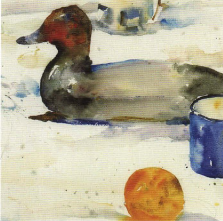
section two
Painting Fruit, Vegetables, Leaves and Flowers
Simple compositions and learning the importance of local color-value are the basis for this section. Learn how to paint individual fruit, vegetables, leaves and flowers while keeping simple value contrasts. In these mini-demonstrations, you will practice the basic brush work and paint mixing that is essential to larger compositions.
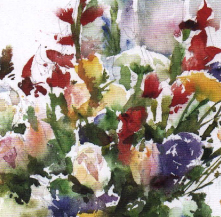
section three
Advanced Step-By-Step Demonstrations
Here's where we put it all together. I will walk you through seven different step-by-step demonstrations detailing the colors and techniques I use when painting.

Urchfont Manor
Watercolor on Fabriano Artistico
Rough 140-lb. (300gsm) Paper
24 22 (61cm 56cm)
Collection of Wendy and Terence Capp
introduction
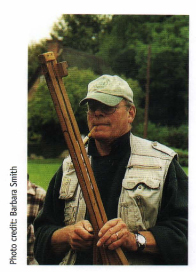
I was trained as an alla prima oil painter, working for a finish with the first try. When I started watercolor I adapted the new medium to my oil painting technique. My approach will seem foreign to those of you who are used to the traditional glazing and working from light to dark. My approach depends on painting mid and dark values with strong local color-value right from the beginning. My color and composition ideas are based on the Bonnard Principles: In color, work for a balance of warm and cool throughout your painting; in composition, avoid a focal point but work for both emphasis and lack of emphasis throughout your painting. This may sound confusing but hopefully all will become clear as you read this book and study my step by steps. I've also stressed the importance of seeing and thinking with the right, or abstract, side of your brain. This is a concept that's easily understood but very difficult to practice.
Next page
